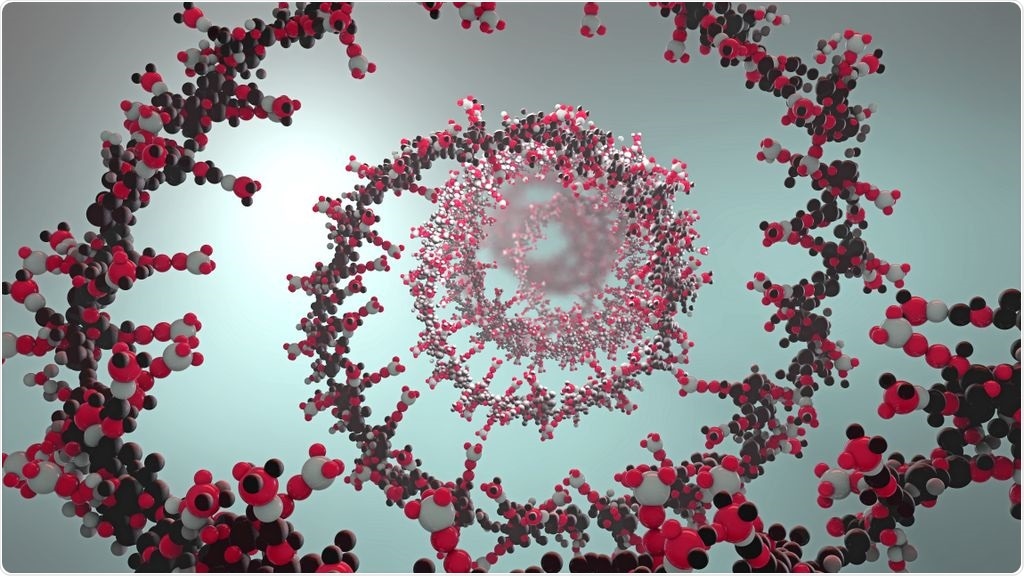Researchers have effectively edited RNA in a living creature such that the repaired RNA subsequently rectified a mutation in a protein that leads to Rett syndrome—a debilitating neurological disorder that affects people.

A programmable RNA repair technique holds promise for neurological disorders rooted in genetic mutations spread across thousands of different cell types in the brain. Image Credit: Getty Images.
The advancement made by scientists from Oregon Health & Science University has been published in the Cell Reports journal.
This is the first example of using programmable RNA editing to repair a gene in mouse models of a neurological disease. This gives us an approach that has some traction.”
Gail Mandel, PhD, Study Senior Author and Senior Scientist, Vollum Institute, Oregon Health & Science University
Mutations in the gene that codes the MeCP2 protein result in a debilitating neurological disorder, Rett syndrome. The disorder occurs mostly in girls and affects an estimated 1 in 10,000 live births, because it is found on the X chromosome.
Mandel and the study’s co-authors, headed by postdoctoral fellow John Sinnamon, PhD, have been working to design a way to restore the mutated MeCP2 protein at the ribonucleic acid, or RNA, level. RNA serves as a messenger that transports instructions from DNA to regulate protein synthesis.
The programmable RNA editing repair method was also employed by other researchers to target muscular dystrophy as well as hearing loss in genetically modified mice.
But this study is the first to demonstrate that the RNA editing repair method shows promise in treating neurological diseases rooted in genetic mutations distributed across an unlimited number of different types of cells in the brain. But for this kind of technique, the nervous system presents more difficulties when compared to diseases of other organs, like liver or muscle, which have relatively less cellular heterogeneity.
The latest study targeted and restored the MeCP2 protein over a range of cell types, which is a scientific breakthrough.
We repaired the MeCP2 protein in three different distinct populations of neurons. So it’s possible that it would work throughout the brain, assuming we can deliver the editing components in a widespread manner.”
Gail Mandel, PhD, Study Senior Author and Senior Scientist, Vollum Institute, Oregon Health & Science University
A previous landmark study, headed by Adrian Bird, PhD, from the University of Edinburgh showed that Rett-like symptoms in mice can potentiality be reversed, indicating that the same may be possible in humans as well.
For that reason, Rett syndrome is an ideal test case for this technique.”
Gail Mandel, PhD, Study Senior Author and Senior Scientist, Vollum Institute, Oregon Health & Science University
While the research conducted by Oregon Health & Science University shows promise as a proof of concept, Mandel underscored that more studies have to be performed to verify whether it reverses Rett-like symptoms in mice, and to enhance the specificity and efficiency of the repair.
RNA Editing Explained
Video Credit: Oregon Health & Science University.
Source:
Journal reference:
Sinnamon, J. R., et al. (2020) In Vivo Repair of a Protein Underlying a Neurological Disorder by Programmable RNA Editing. Cell Reports. doi.org/10.1016/j.celrep.2020.107878.